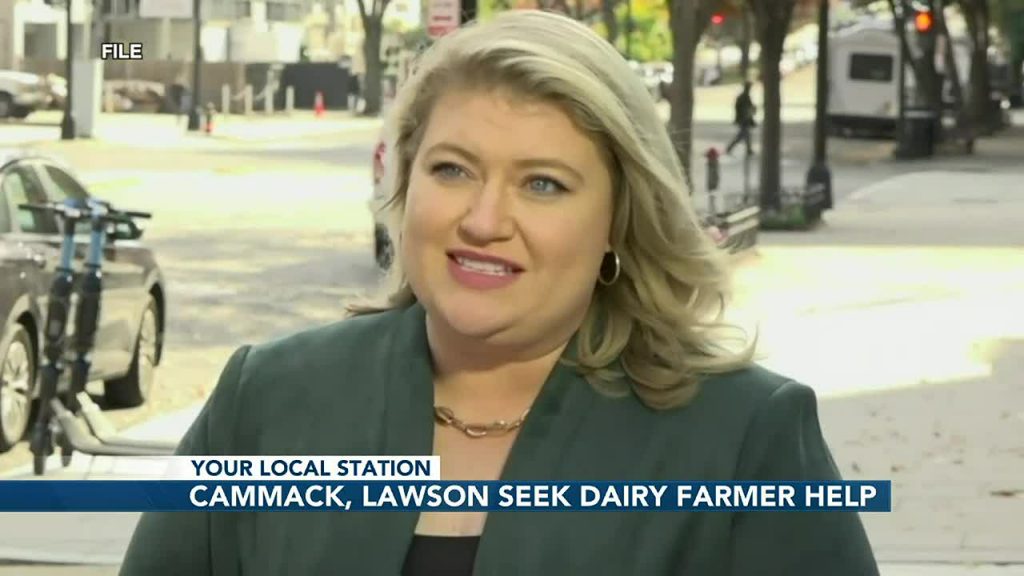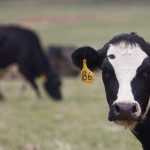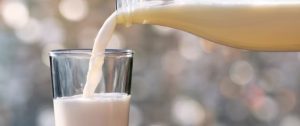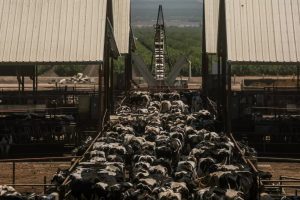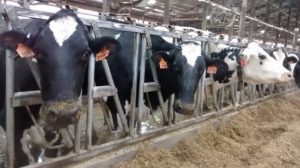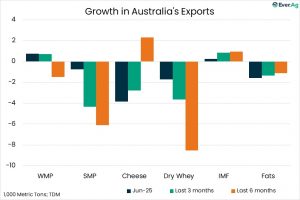
Representatives Kat Cammack and Al Lawson among others sent a letter to US Agriculture Secretary Tom Vilsack. They say current pandemic aid doesn’t go far enough to help farmers.
Dairy farmers were forced to dump hundreds of gallons of milk contributing to upwards of $35 billion in losses.
Dear Secretary Vilsack:
We write to you to call attention to the inequities facing Florida dairies under the current Federal Milk Marketing Order (FMMO) as they recover from market disruptions caused by the COVID-19 pandemic. Dairies in our state of Florida suffered from particularly high losses due to the failure of the Class I mover to work as originally intended. Despite the department’s announcement of the Pandemic Market Volatility Assistance Program (PMVAP) to come to the relief of our nation’s dairies, the program as it stands will unfortunately not go far enough to ensure Florida’s dairy farmers can truly recover from these unprecedented losses.
Florida is uniquely situated as an almost exclusively Class I fluid market, producing a perishable product with a limited shelf life. As you know, the 2018 Farm Bill changed the Class I mover calculation for fluid milk to one based on an average of the Class III (cheese) and IV (butter and powder) price. This change, which went into effect in 2019, was intended to be revenue-neutral for dairy farmers.
Despite the best efforts to ensure a new formula that works for our nation’s fluid milk producers, the events surrounding the COVID-19 pandemic ultimately undermined the formula’s revenue neutrality. With the pandemic hampering our supply chains and forcing schools and businesses to temporarily close, Florida’s dairy farmers were forced to dump hundreds of thousands of gallons of fluid milk. While The Farmers to Families Food Box Program attempted to provide relief to dairy farmers among other producers, the program heavily favored purchasing of cheese (Class III). This in turn helped create an even greater imbalance in dairy sales and a significantly lower Class I mover price. The failure of the Class I mover to work successfully for Florida dairies led our state’s farmers to incur losses at upwards of $35 billion from January 2020 through February 2021.
We are encouraged by USDA’s recent work to implement the PMVAP to compensate producers, however we are disappointed to see that the program does not go far enough to provide relief for our dairies in Florida who, thanks to the Class I mover change, were particularly hard hit. The program limits reimbursements to five million pounds—or just over 200 cows—per producers. Consequently, many of our state’s dairies will only be able to recoup a small portion of their overall losses from what was an unprecedented year.
Our nation’s dairy farmers deserve parity regardless of their size, geographic location, or what they produce. While we look forward to addressing the larger issues with the Class I mover formula, to ensure equity for our dairy producers in Florida in the short term, we plan to work to secure additional funding for the PMVAP to fully reimburse all dairy farmers for this loss and in a manner that does not impose limitations based on size or volume. In that context, we ask that USDA work with us to support this effort. As Members of Congress, we stand ready and willing to work with your department to ensure that the Pandemic Market Volatility Assistance Program is funded in a manner that meets the needs of all of our dairy farmers.
